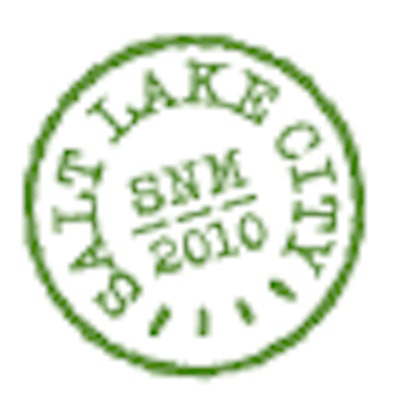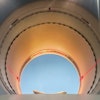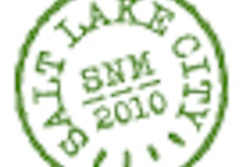
SALT LAKE CITY - Appropriate comparative effectiveness research must be developed and utilized to justify the efficacy of nuclear medicine in guiding patient treatment and in the development of new technologies and pharmaceuticals.
That message was delivered to attendees at the opening session of the SNM annual meeting by keynote speaker Larry Kessler, ScD, chair of the department of health services at the University of Washington School of Public Health in Seattle.
"We have insufficient evidence comparing the benefits and harms of alternative methods for real-world clinical decisions," Kessler said. "With all due respect to the massive research infrastructure funded at the NIH [National Institutes of Health], many of the clinical questions asked don't have these features. They are not necessarily about the real-world clinical decisions and not necessarily about alternative methods we might use with patients that we might see every day."
Nuclear medicine's advantage
Nuclear medicine is in a position to link biology, imaging, treatment, and healthcare, Kessler said, and when combined within the context of randomized and other carefully designed prospective studies, it can realize the aim of comparative effectiveness research and justify daily nuclear studies that will benefit patients.
With continually escalating costs, the current healthcare system in the U.S. is "unsustainable," Kessler said, adding that insurers are "at the breaking point" trying to balance the cost of technology and cover patients in the wake of healthcare reform.
"These payors are looking for legitimate means to reduce expenditures and to balance what they are offering and reducing costs at the same time," he added. "They need a convenient metric to do so, and comparative effectiveness research provides such a measuring scale for technologies that we have now and those of tomorrow."
Comparative effectiveness research also will be critical in the study of patient heterogeneity to show how populations may or may not benefit from certain pharmaceuticals.
"In patient populations within a trial, we have discovered that [pharmaceuticals] work very well for a small percentage of the population and barely or not at all for a large part of the population, and may even be toxic," Kessler said.
Healthcare reform influence
Recently enacted healthcare reform legislation calls for the creation of a new Patient-Centered Outcomes Research Institute, which is not affiliated with any government agency. Kessler sees the institute as a viable vehicle to foster comparative effectiveness research studies.
In his opening remarks to members, Michael Graham, MD, PhD, president of SNM, said comparative effectiveness research is "rising as a particularly important approach to justifying and showing the efficacy of our methodology."
The U.S. Agency for Healthcare Research and Quality (AHRQ) has earmarked funds for comparative effectiveness research studies, and the agency has awarded a grant to SNM to host a conference in July to craft criteria for conducting comparative effectiveness studies properly.
Job shortage
Graham, the director of nuclear medicine at the University of Iowa in Iowa City, also reviewed past and current challenges facing SNM, citing the molybdenum-99 shortage, declining reimbursement, the lackluster global economy, a job shortage for recent nuclear medicine graduates, and the U.S. Food and Drug Administration's good manufacturing practice (GMP) rules for producing radiopharmaceuticals.
Graham said the scarcity of jobs, especially for new graduates from nuclear medicine training programs, is a "major concern." A recent SNM survey found that 18% of graduates within the past three years were unable to find a job, and 34% of the graduates are employed in healthcare but outside of nuclear medicine.
SNM is looking to improve training programs, in part, by adding radiology programs into its curriculum. The major issue, Graham added, is that radiology groups would prefer to hire radiologists. In response, SNM has changed some of its guidelines to indicate the need for adequate training to be able to read nuclear medicine studies.
By Wayne Forrest
AuntMinnie.com staff writer
June 7, 2010
Related Reading
SNM convenes annual meeting as challenges persist, June 3, 2010
SNM applauds SGR delay, April 19, 2010
FDA, SNM, RSNA host workshop, April 2, 2010
SNM summit advances molecular imaging, February 2, 2010
FDA issues final cGMP rules for PET drugs, December 11, 2009
Copyright © 2010 AuntMinnie.com




















